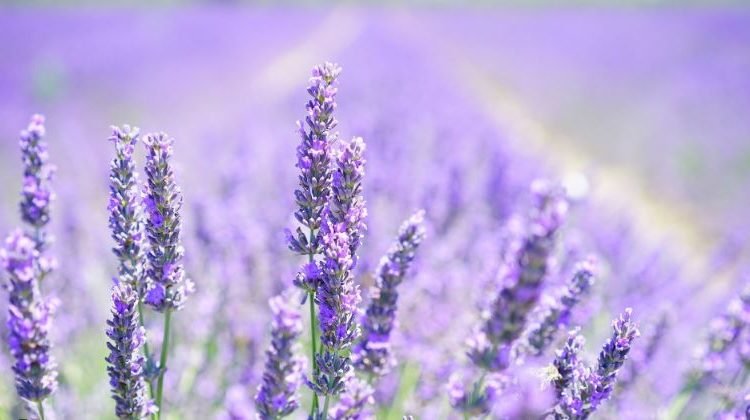In the undulating hills of Jammu and Kashmir, a quiet yet fragrant revolution is reshaping the contours of rural livelihoods and local economies. What was once a land of subsistence farming now hums with the aroma of blooming lavender, a crop that has come to symbolize economic resilience, innovation, and empowerment. At the heart of this transformation is the Council of Scientific and Industrial Research’s Indian Institute of Integrative Medicine (CSIR-IIIM), whose Aroma Mission has brought purpose, prosperity, and national attention to thousands of farmers in the region.
With more than 50 lavender distillation units already installed across Jammu and Kashmir, the CSIR initiative has not only introduced a high-value crop into the region but also ushered in a culture of entrepreneurship rooted in local realities. Bhaderwah, a quaint tehsil in the Doda district, has emerged as the epicentre of this purple-hued movement. Here, fields once tilled for low-return cereals now bloom with lavender, and farmers who once struggled to sustain seasonal incomes are now part of a value chain that spans from cultivation to oil extraction, marketing, and retail. The figures speak volumes about the impact. Over 5,000 farmers and aspiring entrepreneurs have been directly engaged through the mission. They have been equipped not only with free quality planting material but also with comprehensive technical guidance—from cultivation methods to post-harvest processing. In Bhaderwah alone, farmers have sold quality planting material worth over ₹1 crore, harvested 93,000 kilograms of dried flowers, and extracted 1,500 kilograms of lavender oil, resulting in a recorded business turnover of ₹10.5 crore. These numbers, however, represent more than just financial gains—they reflect a new dawn of agro-based self-reliance, one that is especially meaningful in the remote and hilly terrains of the Union Territory. Beyond economic indicators, the initiative has also triggered important social changes. Women, who often remain in the background of agricultural economies, are increasingly taking the lead in lavender farming. Their active participation not only enhances household incomes but also fosters dignity, independence, and community leadership. This shift, subtle yet significant, is laying the groundwork for more inclusive rural development across the region. As the Third Lavender Festival prepares to open in Bhaderwah, it is not merely a celebration of a crop—it is a tribute to transformation. The event, hosted at the Government Degree College Bhaderwah on June 1 and 2, will bring together policymakers, scientists, industrialists, start-ups, and civil society stakeholders from across the country. It will serve as both a showcase and a think tank, where the success of Jammu and Kashmir’s lavender growers will be placed in dialogue with broader strategies to mainstream aromatic crop-based entrepreneurship into the national economic framework. An Agri-Startup Expo will further underline this focus, highlighting innovation in value-added lavender products and connecting local producers to national and global markets. What makes the story of lavender in Jammu and Kashmir particularly compelling is its alignment with the principles of sustainable development. Unlike water-intensive cash crops, lavender is well-suited to the region’s agro-climatic conditions and requires minimal chemical intervention. Its cultivation preserves soil health, encourages biodiversity, and offers a viable alternative in a time when climate adaptability is becoming essential to agricultural planning. Moreover, the initiative reflects the changing role of science in society. Scientific research, which is no longer confined to laboratories and academic journals, through institutions like CSIR-IIIM, is now actively co-creating solutions with communities. It is bridging the gap between lab and land, offering technology not as a top-down imposition but as a collaborative tool in the hands of those who cultivate the earth. Yet, while the lavender economy has made impressive strides, its future hinges on sustaining momentum and scaling success. Key to this will be the continued support in marketing linkages, financial facilitation, and policy alignment. As more young entrepreneurs and startups join the sector, efforts must be made to ensure infrastructure keeps pace and that the unique identity of Jammu and Kashmir’s lavender oil and allied products is preserved through proper branding and geographical indication.
In a region often overshadowed by political narratives, the lavender fields of Jammu and Kashmir tell a different story—one of fragrance, dignity, and opportunity. It is a story where science, tradition, and aspiration blend seamlessly, crafting a model that other Himalayan and remote states might well emulate. As the lavender economy gathers national attention, it also serves as a gentle yet powerful reminder of what is possible when innovation is rooted in the soil and nurtured by the spirit of the people.




